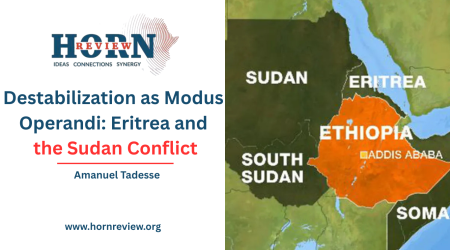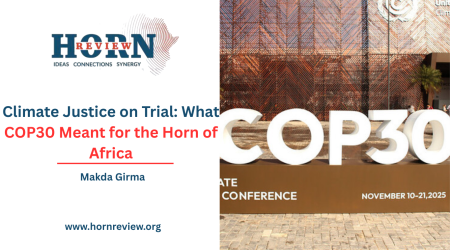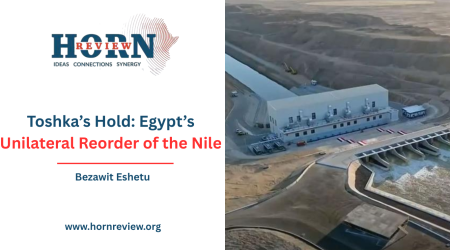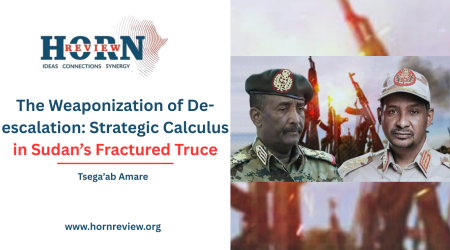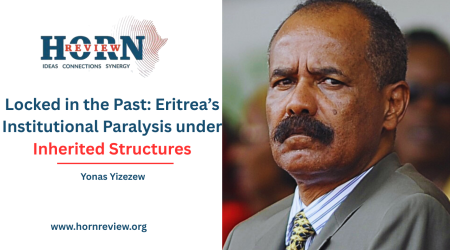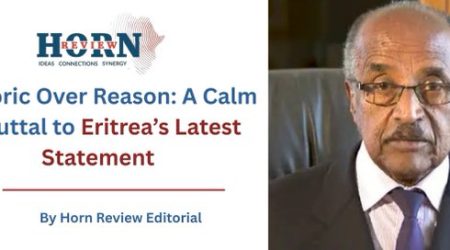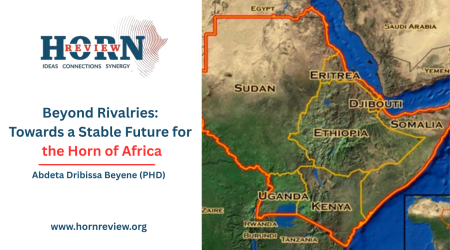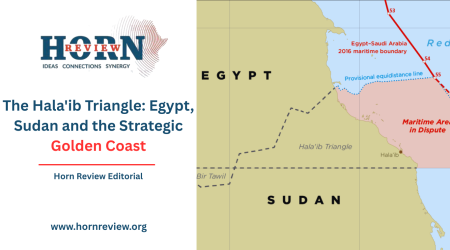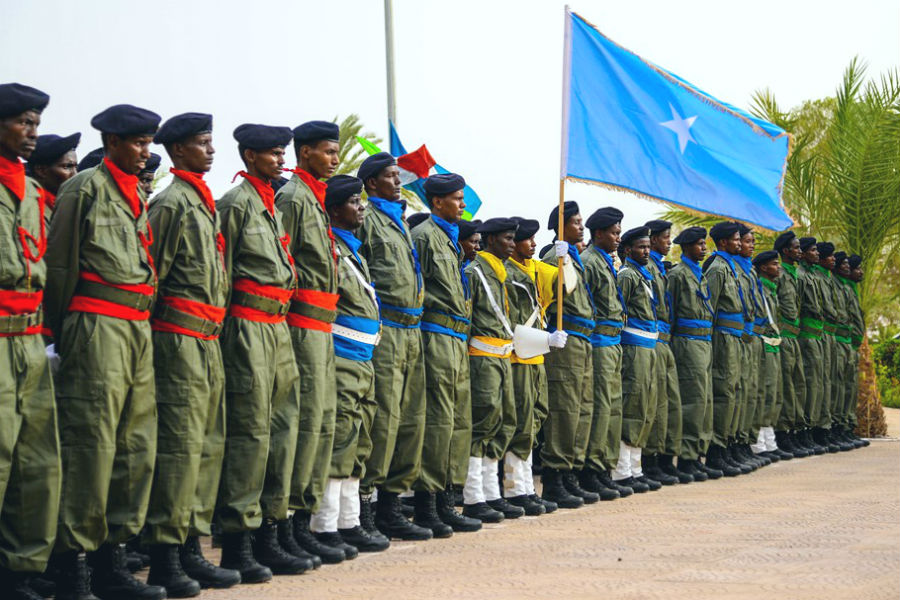
11
May
Somalia’s Security Architecture: A Persistent Crisis of Structural Failures
Decades of conflict have made Somalia’s security system broken, undermined by political divisions, weak institutions, and international efforts that never quite deliver lasting stability. Somalia’s chronic instability persists due to fundamental governance and security sector deficiencies that demand holistic reform. While counterterrorism operations have countered Al-Shabaab’s offenses, sustainable peace remains elusive without addressing the root causes of fragility. International partners have invested substantially in state-building initiatives, yet these have often prioritized short-term security gains over long-term institutional development.
Despite substantial international investment in training and equipment, the Somali National Army (SNA) is struggling with structural weaknesses, including clan-based divisions, leadership inconsistencies, and supply chain vulnerabilities. The April 2025 seizure of the Danab Brigade’s Wargaadhi base by Al-Shabaab demonstrated these persistent shortcomings. While government forces ultimately retook the position, this event followed a familiar pattern where temporary retreats are later portrayed as successes, obscuring fundamental systemic deficiencies in military capacity and command structures.
The SNA’s dependence on clan-affiliated militias compromises its operational cohesion, as these forces frequently realign based on parochial interests rather than national defense priorities. Payment delays caused by financial mismanagement have further degraded combat readiness, driving attrition rates up and unit morale down. These institutional weaknesses endure despite sustained international support, showcasing the absence of a truly national, professionalized military framework capable of transcending Somalia’s factional divisions.
Political Disunity and Its Security Implications
Somalia’s federal-regional divergence continues to undermine security coordination, enabling Al-Shabaab to capitalize on institutional weaknesses. The March 2025 attempt on President Hassan Sheikh Mohamud’s life, unprecedented in a decade, demonstrated a security gap and tested the state’s fundamental protective capabilities. When the government cannot secure its leadership, its promise of public security becomes unattainable.
Somalia’s constitutional disputes between the federal government and regional states have critically weakened security cooperation, creating dangerous operational voids that Al-Shabaab has exploited with devastating effectiveness. The militant group’s March 2025 mortar attack on Mogadishu’s Halane compound, a supposedly secure base housing UN and AU personnel showed vulnerability and Al Shabaab’s ability to strike high-level targets despite an international security presence. This assault exposed gaps in defensive coordination and significantly undermined confidence in Somalia’s counterterrorism capabilities, both among its citizens and international partners. The incident epitomizes how political division at the national level directly translates into security failures, armed groups being the primary beneficiaries of institutional disarray.
The State of International Support for Somalia’s Security
The sustainability of international security assistance to Somalia faces challenges as AUSSOM has critical funding shortage, with only $16.7 million secured of the $96 million required for January-June 2025 operations. This financial crisis comes amid a reduced troop presence of 11,146 personnel and follows the recent Kampala summit where troop contributing countries urgently called for an 8,000 soldier increment to counter Al-Shabaab’s resurgence in Middle and Lower Shabelle regions. While the Somali National Armed Forces have maintained control of 22 of 23 transferred forward operating bases, the AU’s struggle to secure $15 million monthly for troop allowances has severely undermined operational effectiveness. The upcoming Peace and Security Council session on 29 April must address these acute challenges.
Meanwhile, recently republican senators have introduced legislation to block U.S. funding for AUSSOM, a move that jeopardizes the mission’s viability just as Al-Shabaab regroups. While regional partners continue providing only narrow, self-interested support that cannot compensate for the withdrawal of core international backing.
Alternative funding mechanisms through the United Nations Support Office in Somalia restructuring have yielded only $61 million of the required $190 million, forcing an extension until 30 April to identify additional savings. This financial uncertainty coincides with concerning security developments in the country.
Regional actors continue pursuing divergent approaches that reflect strategic interests rather than Somalia’s comprehensive security needs. Turkey maintains its focus on protecting infrastructure investments through dedicated troop deployments, while Egypt was giving substantial military aid to Somalia albeit for its own national interest. Though China and Japan have contributed $4 million combined, these efforts fail to address systemic funding shortages. With Al-Shabaab exploiting security vacuums created by AUSSOM’s drawdown, the AU’s consideration of tapping into its Peace Fund risks draining resources meant for continental security priorities.
This situation demands urgent, coordinated action. The PSC session must produce concrete commitments to stabilize AUSSOM’s finances while accelerating Somali force readiness. Thus critical priorities emerge: immediate bridge funding to maintain current operations; accelerated reform of the Somali Security structure; and renewed diplomatic efforts to overcome financial problems and address critical gaps. Without such measures, the international community risks presiding over a dangerous security deterioration that would reverse hard-won gains and destabilize the Horn of Africa.
By Jalene Tesfaye,Deputy Director,Horn Review

